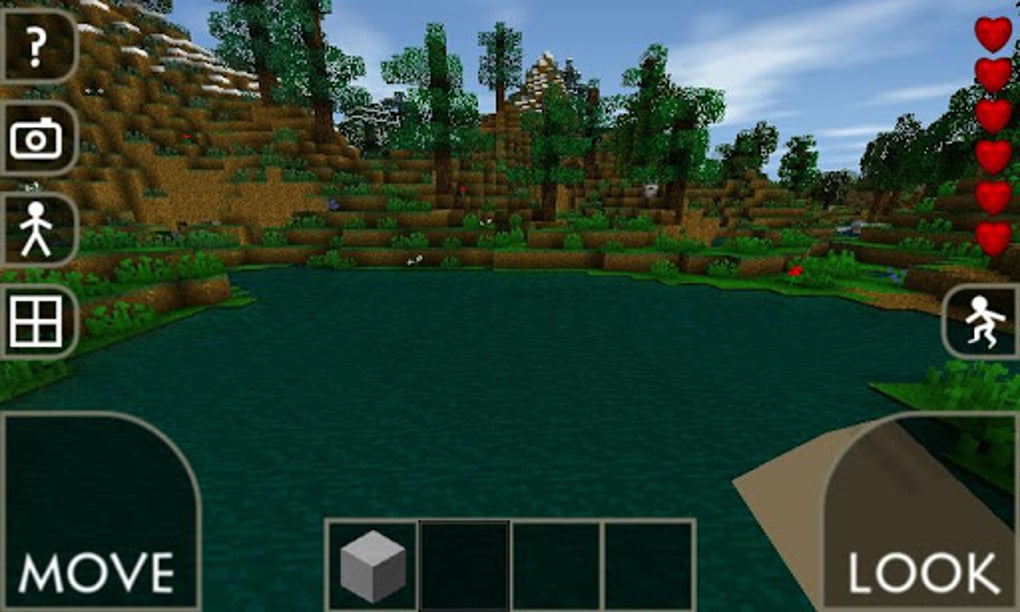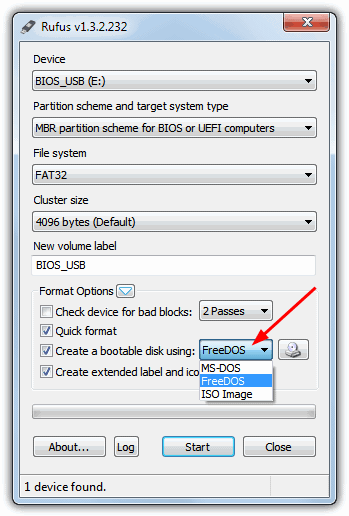2020. 12. 9. 18:43ㆍ카테고리 없음
Short Information of Rufus
- Rufus Free Download For Pc
- Download Rufus For Mac
- Rufus For Mac Free Download
- Rufus Download For Windows 10
- Free Download Rufus For Mac
- Rufus For Mac
Download Rufus Tool to Create Bootable USB Drives Easily. Mac OSX USB Installation disk. How to Use Rufus. After v 1.3.2, Rufus supports GPT for installation media and UEFI, meaning that Windows 7, Linux (full EFI mode) or Windows 8 could be installed. But Windows Vista or above is needed in case of full GPT/UEFI support. Global Nav Open Menu Global Nav Close Menu; Apple; Shopping Bag +. Introducing the Best YouTube Client for Mac. Built for YouTube Addicts and Power Users! YouTube for Mac is the best way to enjoy YouTube on your Mac.
- Download the latest version of Rufus for Windows. Create a bootable USB for DOS. Rufus is a small program for converting a normal flash drive into a complete.
- Download Rufus - Create bootable USB drives from ISOs with an operating system of your choice, with various options, including to enhance compatibility with old BIOS versions.

Description
Rufus is a freeware tool, and it is used to create bootable USBs. This program only works on Windows, but it can create ISO for software installation that works on Mac, Linux, and other operating systems. It also helps you to be able to import a new OS onto a computer that has none or an incomplete system step through a USB.
The main feature of it is to create an ISO on a USB. An ISO is used to contain a copy identical to what is normally contained on a physical disk. Thereby, Rufus can compile all the various files on a DVD or on a computer to place them into one ISO file.

It will reformat your device when it installs the ISO. Remember to save all your information somewhere else so that you don’t lose all that is on it. It provides support for creating MBR files for UEFI and BIOS for different computers.
Rufus Free Download For Pc
Also, for some UEFI devices, it has GPT. For example, you can use Rufus to store an ISO for Windows 7 so that you can use it to re-install it on your computer in the future. Another option would be an older game that you only have on DVD that you would like to save for the future.
Other options for use might before creating an ISO that could be burned onto a disk or sent over the internet. The prime benefit is that it can be used for other systems even though Rufus only works on Windows.
Booting from USB
If you want to create a bootable USB through Rufus, it’s pretty easy. First, you’ll need to insert the thumb drive (USB drive ) you want to boot from. Rufus will detect the USB once you start up the program. There’s a little button with an optical drive icon. Click that, and then locate and select the ISO you want to use.
Once you go through this process, the USB will be formatted. The ISO will then be copied onto the USB so you can use it to boot. If you want to boot from a USB, you’ll have to get into your BIOS to make that happen. Rufus can’t actually control BIOS operations across platforms. Even if it could, you can only install Rufus on Windows, so it’d do you no good if you wanted to boot up a Mac.
It is extremely straightforward to use. The user interface displays all the options you need, from which OS you’re on, to what you are making the ISO. Also, you need to compress the file and find the .exe in there and use that for the process of building the bootable USB.
| Technical Data | |
| File Name | Rufus 3.10.exe And Rufus-3.10 portable.exe |
| OS Requirements | Window 7, Window 8.1 Window 8, Window Vista, Window 10, |
| Language | English |
| License | Free |
| Post update on | 10.06.2020 |
| File Size | 1.1 MB |
| Author | Pete Batard |
| Official Websites | Click Here |

These advanced steps are primarily for system administrators and others who are familiar with the command line. You don't need a bootable installer to upgrade macOS or reinstall macOS, but it can be useful when you want to install on multiple computers without downloading the installer each time.
Download macOS
Find the appropriate download link in the upgrade instructions for each macOS version:
macOS Catalina, macOS MojaveormacOS High Sierra
Serum vst plugin free download mac. Installers for each of these macOS versions download directly to your Applications folder as an app named Install macOS Catalina, Install macOS Mojave or Install macOS High Sierra. If the installer opens after downloading, quit it without continuing installation. Important: To get the correct installer, download from a Mac that is using macOS Sierra 10.12.5 or later, or El Capitan 10.11.6. Enterprise administrators, please download from Apple, not a locally hosted software-update server.
Download Rufus For Mac
OS X El Capitan
El Capitan downloads as a disk image. On a Mac that is compatible with El Capitan, open the disk image and run the installer within, named InstallMacOSX.pkg. It installs an app named Install OS X El Capitan into your Applications folder. You will create the bootable installer from this app, not from the disk image or .pkg installer.
Use the 'createinstallmedia' command in Terminal
- Connect the USB flash drive or other volume that you're using for the bootable installer. Make sure that it has at least 12GB of available storage and is formatted as Mac OS Extended.
- Open Terminal, which is in the Utilities folder of your Applications folder.
- Type or paste one of the following commands in Terminal. These assume that the installer is still in your Applications folder, and MyVolume is the name of the USB flash drive or other volume you're using. If it has a different name, replace
MyVolumein these commands with the name of your volume.
Catalina:*
Mojave:*
High Sierra:*
El Capitan: - Press Return after typing the command.
- When prompted, type your administrator password and press Return again. Terminal doesn't show any characters as you type your password.
- When prompted, type
Yto confirm that you want to erase the volume, then press Return. Terminal shows the progress as the bootable installer is created. - When Terminal says that it's done, the volume will have the same name as the installer you downloaded, such as Install macOS Catalina. You can now quit Terminal and eject the volume.
* If your Mac is using macOS Sierra or earlier, include the --applicationpath argument, similar to the way this argument is used in the command for El Capitan.
Use the bootable installer
After creating the bootable installer, follow these steps to use it:

Rufus For Mac Free Download
- Plug the bootable installer into a compatible Mac.
- Use Startup Manager or Startup Disk preferences to select the bootable installer as the startup disk, then start up from it. Your Mac will start up to macOS Recovery.
Learn about selecting a startup disk, including what to do if your Mac doesn't start up from it. - Choose your language, if prompted.
- A bootable installer doesn't download macOS from the Internet, but it does require the Internet to get information specific to your Mac model, such as firmware updates. If you need to connect to a Wi-Fi network, use the Wi-Fi menu in the menu bar.
- Select Install macOS (or Install OS X) from the Utilities window, then click Continue and follow the onscreen instructions.
Learn more

For more information about the createinstallmedia command and the arguments that you can use with it, make sure that the macOS installer is in your Applications folder, then enter this path in Terminal:
Rufus Download For Windows 10
Catalina:
Mojave:
Free Download Rufus For Mac
High Sierra:
Rufus For Mac
El Capitan: Spss 20.0 for mac free download.